Did you know that one of the most coveted physiques in fitness isn’t just about muscle mass but shape? The elusive V-taper, that broad-shouldered, narrow-waisted silhouette, has been a mark of strength and aesthetics since ancient times.
Greek statues, superhero comics, and Hollywood stars all share that signature look. But here’s the kicker: many people mistakenly think it’s all about shoulder work. The truth? Your back is the secret weapon.
Contrary to popular belief, the back isn’t just a single muscle—it’s a complex network of large and small muscles working together. And while bodyweight exercises are great, the real game-changer for sculpting is that V-taper is targeted, equipment-based back exercises.
Let’s dive into 10 essential moves that combine precision, resistance, and functional strength to transform your back into a wide, powerful canvas.
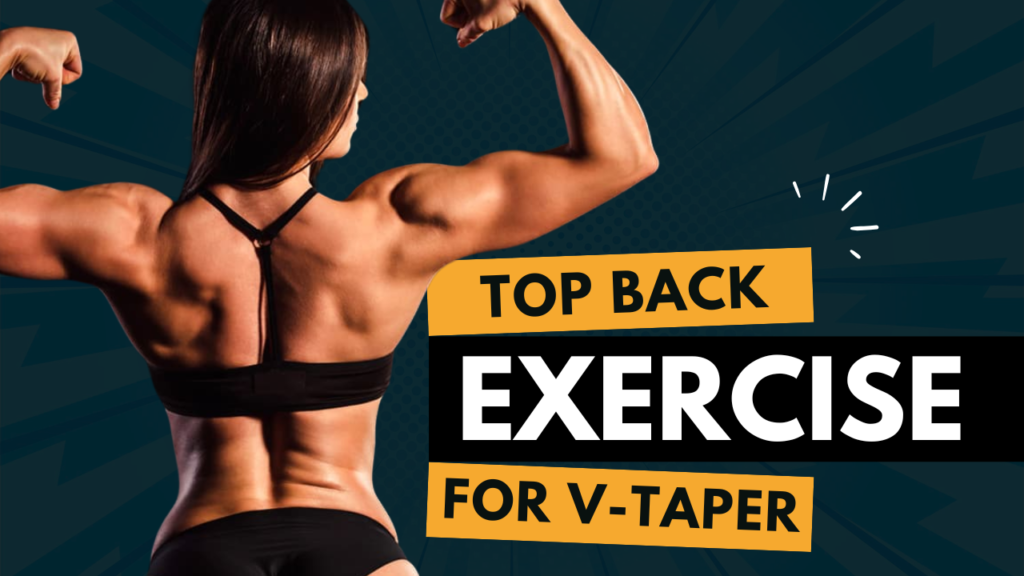
Table of Contents
What to Expect After 30 Days of Equipment-Based Back Training
| Positive Changes | Potential Challenges |
|---|---|
| Improved lat and upper back definition | Muscle soreness or fatigue, especially early on |
| Increased strength and endurance | Plateau if progression and variety are lacking |
| Enhanced posture and stability | Possible risk of overtraining if not recovered |
| Noticeable widening of the shoulders | Inconsistent results without proper nutrition |
| Stronger grip and core activation | Form breakdown under fatigue |
| Greater confidence and motivation | Frustration if progress seems slow |
Do’s and Don’ts for Equipment-Based Back Training
| Do’s | Don’ts |
|---|---|
| Focus on controlled form during each exercise. | Don’t use momentum or jerk the weights. |
| Warm up properly before starting heavy lifts. | Don’t skip warm-up or jump into heavy weights. |
| Progressively increase resistance over time. | Don’t stay at the same weight for too long. |
| Include a variety of equipment-based moves. | Don’t rely on one or two exercises alone. |
| Engage in mind-muscle connection for each rep. | Don’t just go through the motions. |
| Use full range of motion for each movement. | Don’t cut the range short to lift heavier. |
| Maintain a strong core and posture throughout. | Don’t arch or round your back. |
| Allow for rest and recovery between sessions. | Don’t overtrain or ignore muscle soreness. |
| Balance back work with shoulder and core training. | Don’t neglect complementary muscle groups. |
| Follow a nutrition plan that supports your goals. | Don’t rely on exercise alone for a V-taper look. |
1. Lat Pulldown
A staple in gyms worldwide, the lat pulldown directly targets the latissimus dorsi—the “wings” that give your back width.
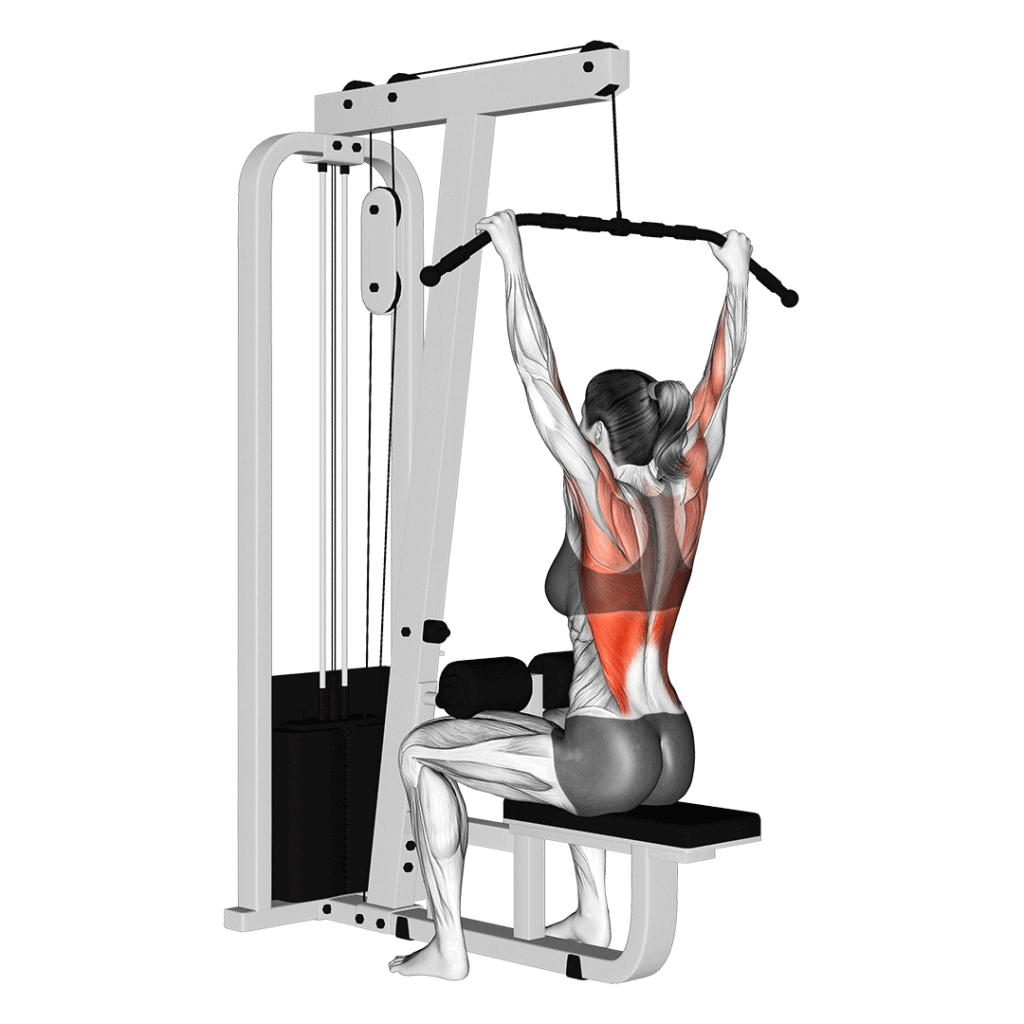
How to:
- Sit on the pulldown machine with your thighs secured under the pads.
- Grab the bar wider than shoulder-width with a pronated (overhand) grip.
- Lean back slightly, puff your chest, and pull the bar down toward your upper chest.
- Squeeze your lats and slowly release the bar.
Tip: Avoid yanking the bar or using momentum. Control is key.
Myth Buster: Many think closer grip equals more width—wrong! A wider grip actually emphasizes the outer lats more.
2. Seated Cable Row
This move builds thickness through the mid-back, hitting the rhomboids and traps.
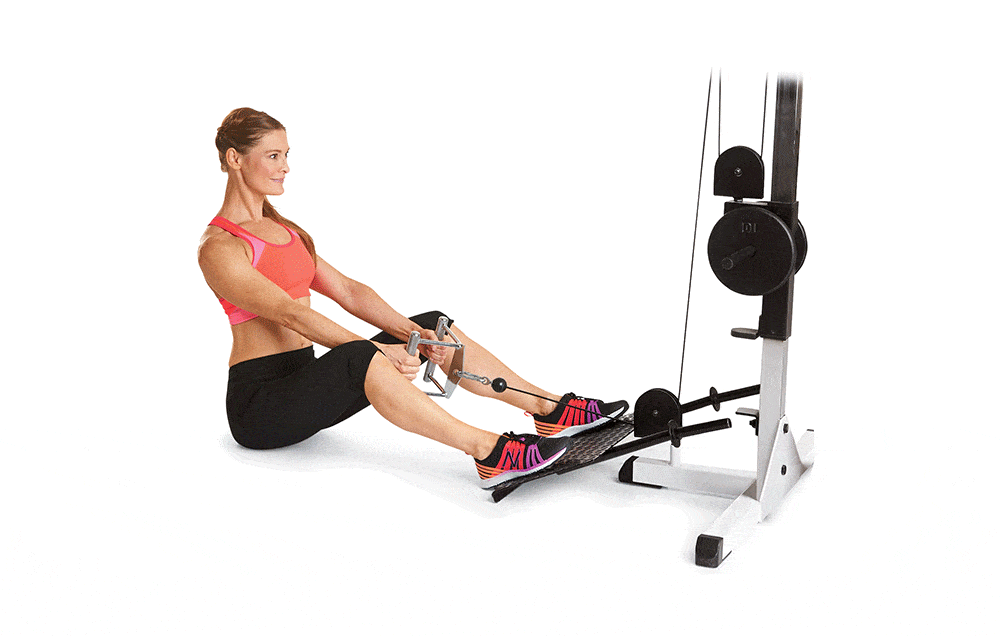
How to:
- Sit with feet on the platform and knees slightly bent.
- Grab the handle (V-grip or wide bar) and sit tall.
- Pull the handle toward your lower ribs, squeezing your shoulder blades.
- Slowly extend your arms forward without leaning.
Fun Fact: Strong rhomboids and traps help pull the shoulders back, improving posture.
3. T-Bar Row
An old-school favorite for developing density in the mid to lower back.
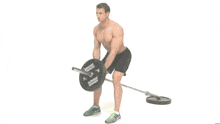
How to:
- Load a barbell into a landmine or use a T-bar machine.
- Straddle the bar and grasp the handles.
- Bend your knees slightly, hinge forward, and keep your back flat.
- Pull the weight toward your chest, squeezing your shoulder blades.
- Lower under control.
Did You Know? Arnold Schwarzenegger swore by T-bar rows for building his legendary back.
4. Single-Arm Dumbbell Row
Perfect for balancing strength between sides and isolating the lats.
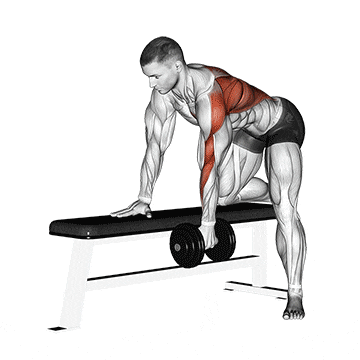
How to:
- Place one knee and hand on a flat bench, holding a dumbbell in the opposite hand.
- Keep your back flat and row the dumbbell to your hip.
- Squeeze the lat at the top and lower slowly.
Interesting Fact: This unilateral move not only builds strength but also improves core stability.
5. Chest-Supported Row (Machine or Free Weights)
Takes momentum out of the equation and puts pure focus on back muscles.

How to:
- Sit on the machine or bench with your chest pressed against the pad.
- Grasp the handles or dumbbells.
- Row the weight toward you, squeezing the shoulder blades.
- Slowly release.
Myth Buster: Leaning back during rows doesn’t make you stronger—it just shifts the load off the muscles you’re targeting.
6. Cable Straight-Arm Pulldown
An often-overlooked move that isolates the lats and helps carve that winged look.

How to:
- Stand tall in front of a cable machine with a straight bar attached.
- Hold the bar with a shoulder-width grip, arms extended in front.
- Pull the bar down toward your thighs, keeping your arms straight and focusing on your lats.
- Slowly return to the starting position.
Tip: This move is all about the mind-muscle connection. Focus on stretching and contracting your lats.
7. Machine Pullovers
This machine mimics the classic dumbbell pullover but provides more control and isolation for the lats.

How to:
- Sit on the pullover machine with arms positioned on the pads.
- Start with arms extended overhead.
- Pull the handles forward in an arc, squeezing your lats.
- Slowly return to the starting position.
Fun Fact: Machine pullovers not only work the lats but also engage the serratus anterior for a detailed look.
8. Smith Machine Bent-Over Row
For those who love control, the Smith machine offers a safer setup for heavy bent-over rows.
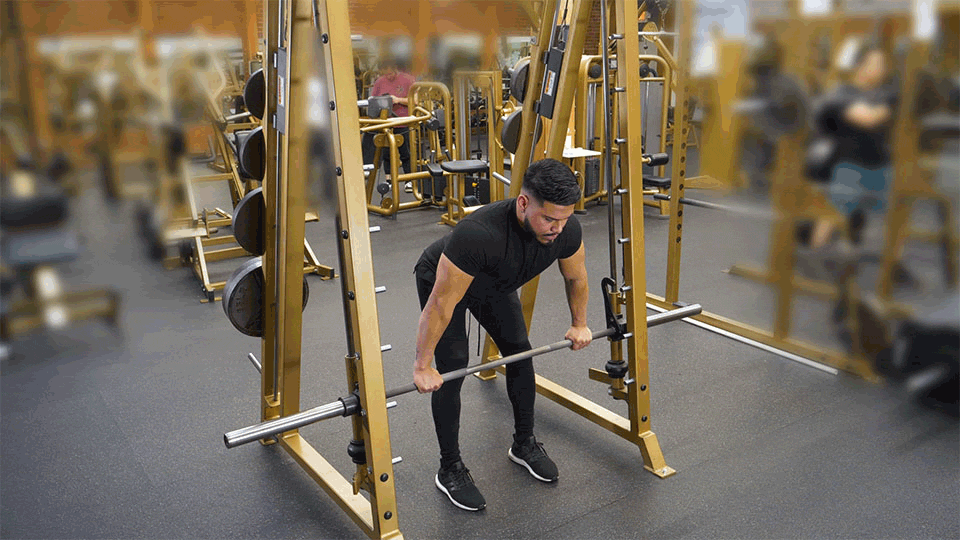
How to:
- Set the barbell to mid-shin level.
- Grasp the bar with an overhand grip, hinge forward, and bend your knees slightly.
- Pull the bar toward your lower ribs.
- Lower with control.
Myth Buster: Using a Smith machine doesn’t mean you’re cheating—it allows you to focus on muscle activation without worrying about balance.
9. Hammer Strength Row
A plate-loaded machine that lets you lift heavy with a natural movement path.
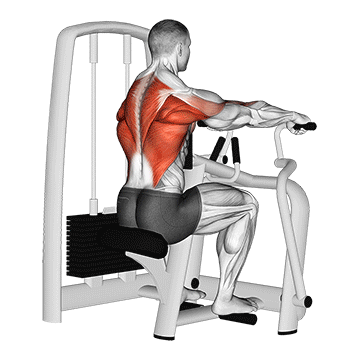
How to:
- Sit on the machine with your chest supported and hands gripping the handles.
- Pull the handles toward you, squeezing your back muscles.
- Control the return.
Tip: Use a full range of motion—don’t let the weight stack touch between reps.
10. Assisted Pull-Ups (Machine or Bands)
Pull-ups are the gold standard for back width, but assisted versions help beginners or those focusing on form.

How to:
- Set up the assisted pull-up machine or use resistance bands.
- Grab the bar with a wide grip and pull yourself up until your chin clears the bar.
- Lower slowly.
Did You Know? Pull-ups engage not just the lats but also the biceps and core, making them a full upper-body powerhouse move.
Conclusion
The back is a masterpiece of interconnected muscles, and each of these exercises targets specific areas to create a wider, more sculpted V-taper. Whether you’re an experienced lifter or a beginner, incorporating these equipment-based moves into your routine will transform your silhouette—and likely your confidence.
Remember: The key isn’t just lifting heavy, but lifting right.
Frequently Asked Questions (FAQs)
How often should I train my back for the best V-taper results?
For optimal growth and definition, aim to train your back 1–2 times per week, giving your muscles enough time to recover and grow. Prioritize form over frequency, and make sure to progressively increase weights or reps.
Can I achieve a V-taper without using equipment?
While bodyweight exercises like pull-ups and push-ups can help, equipment-based exercises provide greater resistance and allow you to target specific back muscles more effectively. Combining both bodyweight and equipment-based exercises can yield the best results.
Do I need to lift heavy to build a V-taper?
Not necessarily. While progressive overload is key, lifting heavy with poor form can be counterproductive. Focus on controlled movements, mind-muscle connection, and gradually increasing resistance for sustainable progress.
Why is my V-taper not as noticeable even though I train my back?
Several factors contribute to a visible V-taper, including body fat percentage, genetics, and overall muscle balance. Incorporating shoulder and core training while managing nutrition will enhance the taper’s appearance.
Are lat pulldowns and pull-ups interchangeable?
They target similar muscles (mainly the lats), but each offers unique benefits. Pull-ups use your bodyweight and engage stabilizer muscles, while lat pulldowns allow adjustable resistance and focus more on isolating the lats. Incorporate both for a balanced back routine.
How long does it take to see visible back development?
With consistent training and proper nutrition, noticeable improvements in back width and thickness may appear in 8–12 weeks. However, full V-taper development can take longer depending on your starting point and commitment.
Can women also train for a V-taper?
Absolutely! A V-taper creates a toned, athletic shape that many women desire. Back training helps with posture, core strength, and overall aesthetics, not bulk. Women won’t “bulk up” unless they train specifically for it and consume a calorie surplus.
What’s the biggest mistake people make when training for a V-taper?
Relying solely on lat pulldowns or pull-ups and neglecting mid-back and lower-back exercises. A true V-taper requires balanced development of all back muscles—lats, traps, rhomboids, and spinal erectors—plus attention to shoulders and waistline.
How important is diet when aiming for a V-taper?
Diet plays a crucial role. Building muscle requires sufficient protein and calories, while reducing body fat to reveal the taper requires a calorie deficit. Focus on a balanced approach tailored to your goals.
Can I combine these back exercises with my regular routine?
Yes! These equipment-based exercises can be incorporated into your current split or designed as a dedicated back day. Just ensure you’re giving your muscles time to recover between sessions.










